ICE has been mining state driver's license databases using controversial facial recognition technology

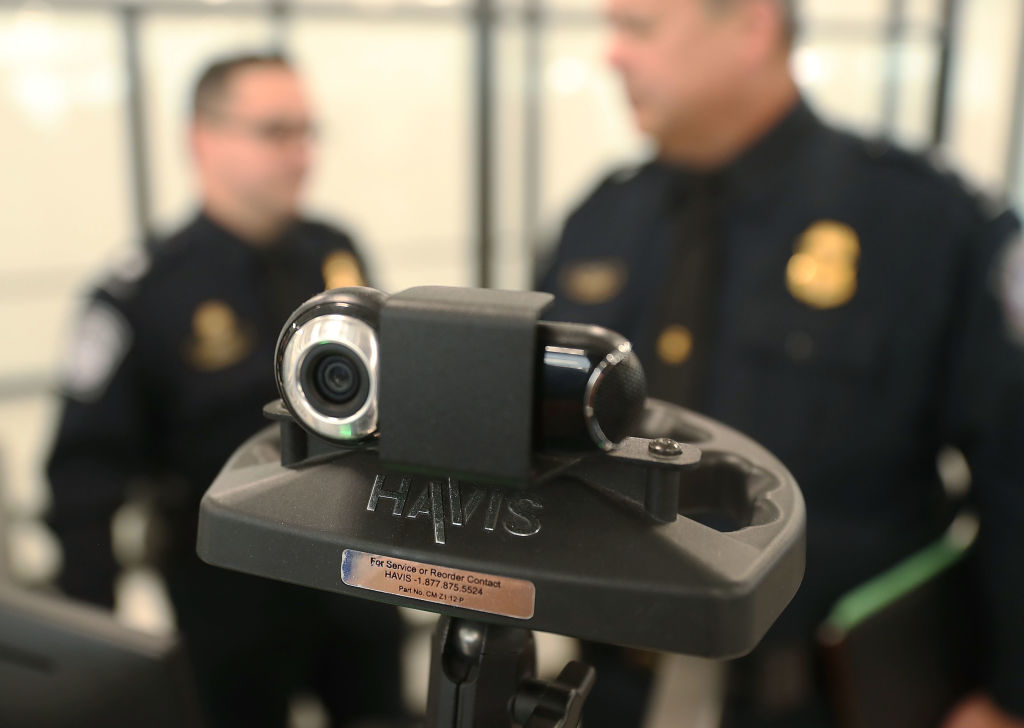
Immigrations and Customs Enforcement has turned states' driver's license databases "into a facial-recognition gold mine, scanning through millions of Americans' photos without their knowledge or consent," The Washington Post reports, citing new documents unearthed by Georgetown Law researchers using public-records requests. The federal use of DMV photos as part of "the bedrock of an unprecedented surveillance infrastructure" violates some state and local laws, likely impinges on privacy rights, and has raised rare bipartisan hackles.
"This is a scandal," Harrison Rudolph, an associate at Georgetown Law's Center on Privacy and Technology, tells The New York Times. "States have never passed laws authorizing ICE to dive into driver's license databases using facial recognition to look for folks," and they've "never told undocumented people that when they apply for a driver's license they are also turning over their face to ICE. That is a huge bait and switch." The FBI has also conducted more than 390,000 searches through DMV and visa application photos over the past decade, a recent Government Accountability Office report found.
The researchers found evidence that ICE had requested access to DMV photos in Vermont, Utah, and Washington State databases from 2014 to 2017, and officials in Utah and Vermont handed over facial recognition access in response to just an emailed request. It's not clear if those states still cooperate with ICE, though an ICE spokesman defended his agency's general "ability to collaborate with external local, federal, and international agencies to obtain information that may assist in case completion and subsequent prosecution."
The Week
Escape your echo chamber. Get the facts behind the news, plus analysis from multiple perspectives.

Sign up for The Week's Free Newsletters
From our morning news briefing to a weekly Good News Newsletter, get the best of The Week delivered directly to your inbox.
From our morning news briefing to a weekly Good News Newsletter, get the best of The Week delivered directly to your inbox.
The House Homeland Security Committee is holding a hearing Wednesday on the Homeland Security Department's use of facial recognition, and the top Democrat and Republican on the House Oversight Committee are both upset over federal law enforcement's use of the error-prone, hackable surveillance technology on driver's license photos. You can explore some of the issues with facial recognition in the Post video report below. Peter Weber
A free daily email with the biggest news stories of the day – and the best features from TheWeek.com
Peter has worked as a news and culture writer and editor at The Week since the site's launch in 2008. He covers politics, world affairs, religion and cultural currents. His journalism career began as a copy editor at a financial newswire and has included editorial positions at The New York Times Magazine, Facts on File, and Oregon State University.
-
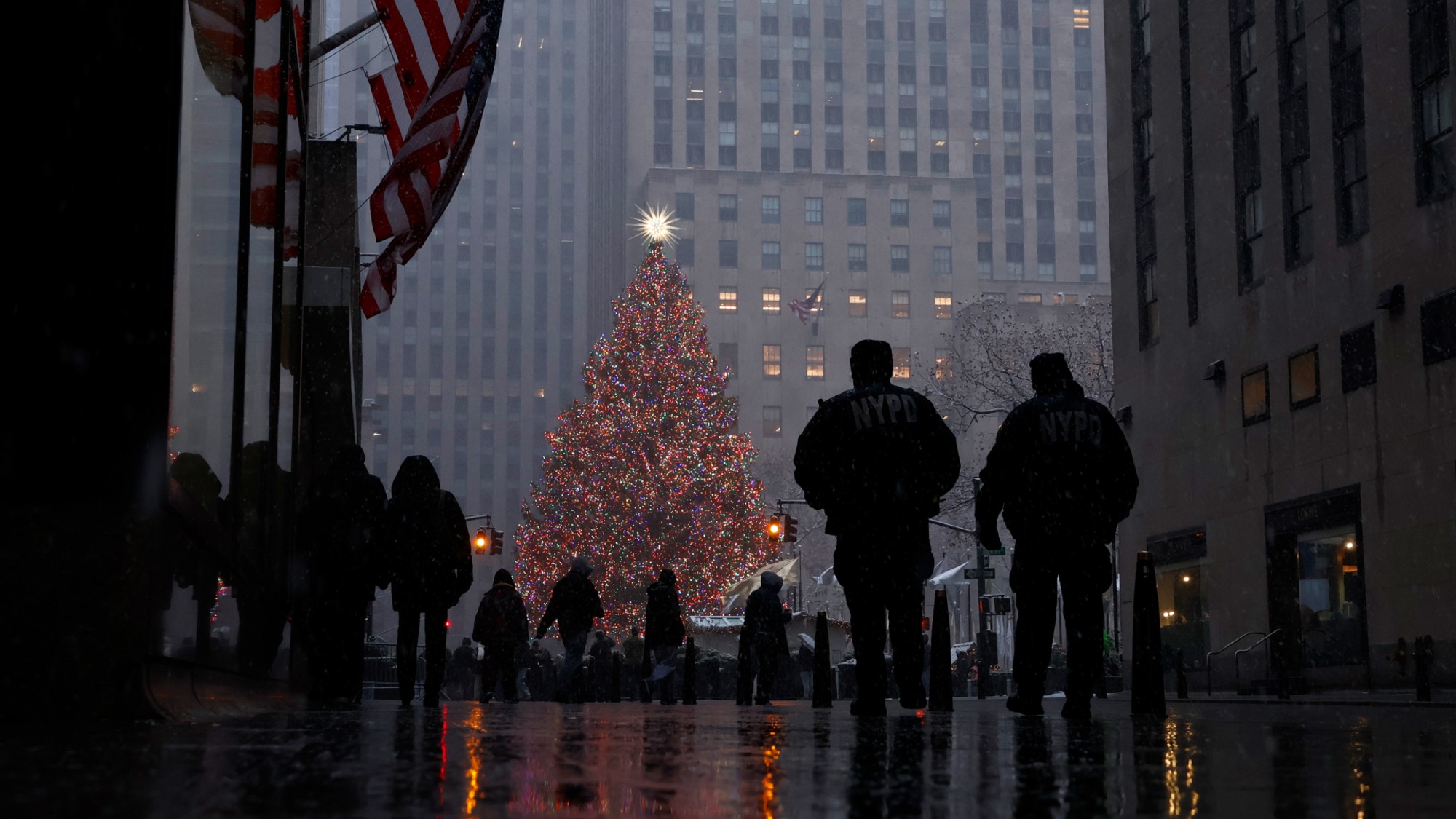 How climate change is affecting Christmas
How climate change is affecting ChristmasThe Explainer There may be a slim chance of future white Christmases
-
 The MAGA civil war takes center stage at the Turning Point USA conference
The MAGA civil war takes center stage at the Turning Point USA conferenceIN THE SPOTLIGHT ‘Americafest 2025’ was a who’s who of right-wing heavyweights eager to settle scores and lay claim to the future of MAGA
-
 The 8 best drama movies of 2025
The 8 best drama movies of 2025the week recommends Nuclear war, dictatorship and the summer of 2020 highlight the most important and memorable films of 2025
-
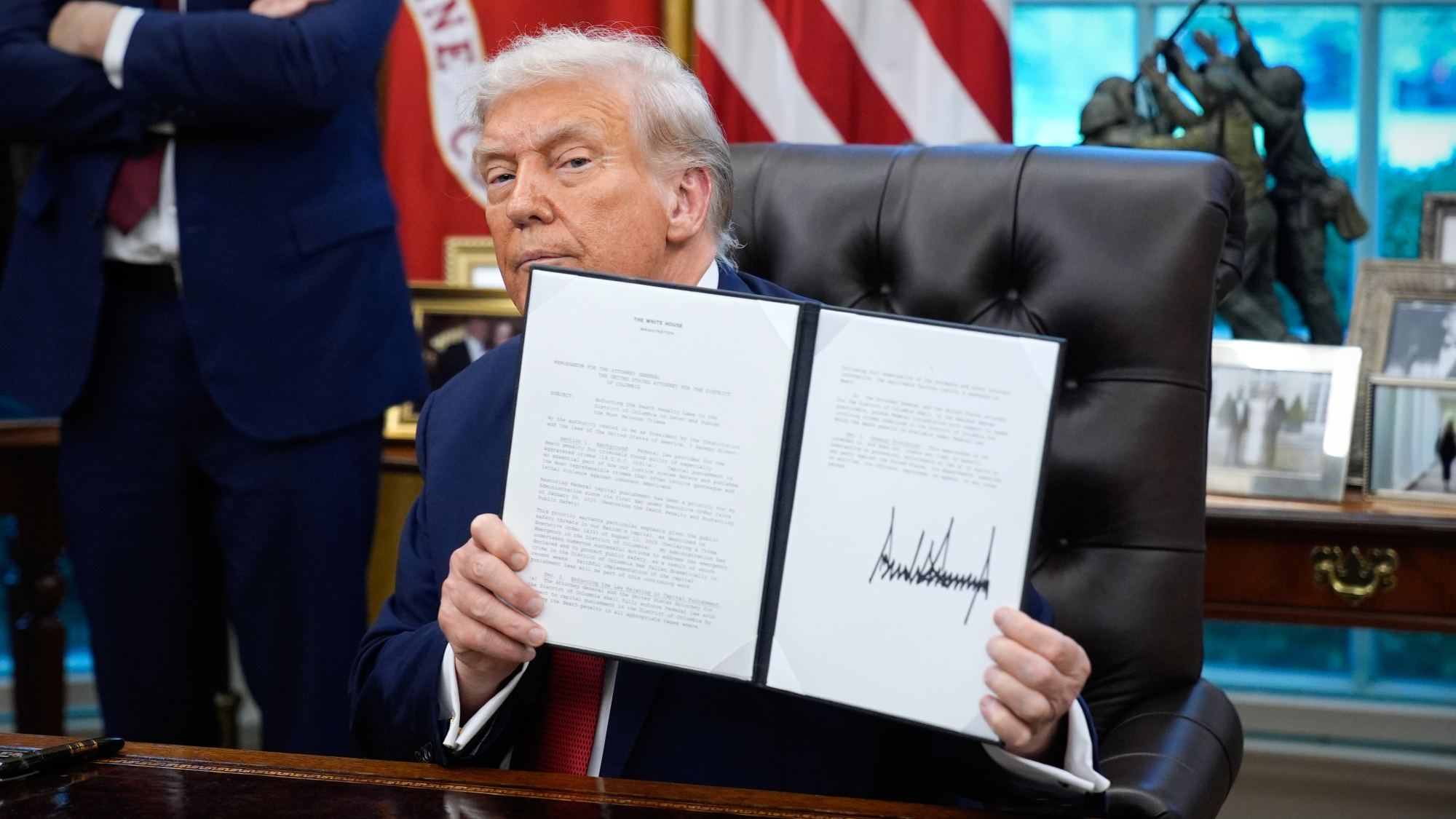 TikTok secures deal to remain in US
TikTok secures deal to remain in USSpeed Read ByteDance will form a US version of the popular video-sharing platform
-
 Unemployment rate ticks up amid fall job losses
Unemployment rate ticks up amid fall job lossesSpeed Read Data released by the Commerce Department indicates ‘one of the weakest American labor markets in years’
-
 US mints final penny after 232-year run
US mints final penny after 232-year runSpeed Read Production of the one-cent coin has ended
-
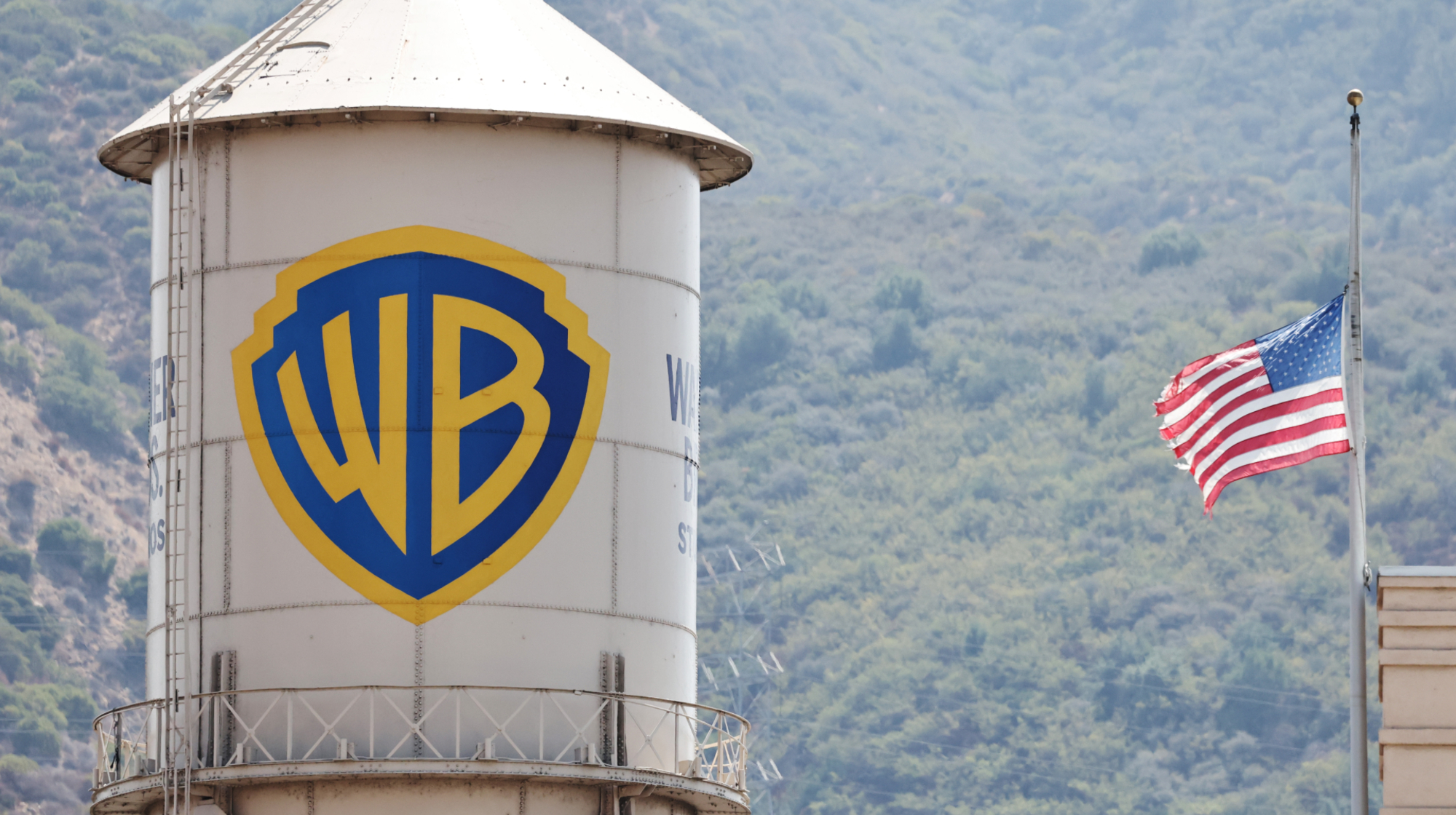 Warner Bros. explores sale amid Paramount bids
Warner Bros. explores sale amid Paramount bidsSpeed Read The media giant, home to HBO and DC Studios, has received interest from multiple buying parties
-
 Gold tops $4K per ounce, signaling financial unease
Gold tops $4K per ounce, signaling financial uneaseSpeed Read Investors are worried about President Donald Trump’s trade war
-
 Electronic Arts to go private in record $55B deal
Electronic Arts to go private in record $55B dealspeed read The video game giant is behind ‘The Sims’ and ‘Madden NFL’
-
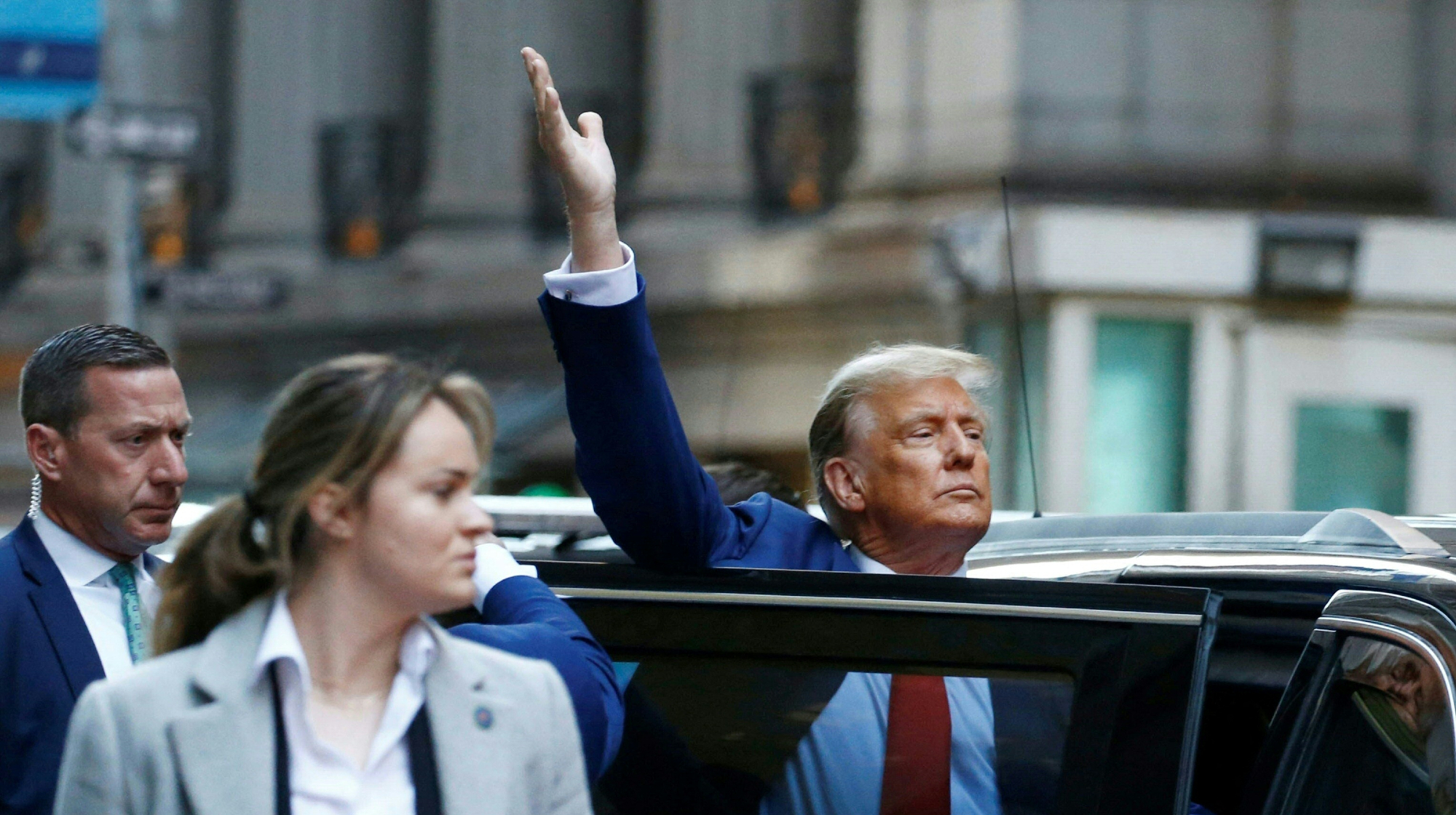 New York court tosses Trump's $500M fraud fine
New York court tosses Trump's $500M fraud fineSpeed Read A divided appeals court threw out a hefty penalty against President Trump for fraudulently inflating his wealth
-
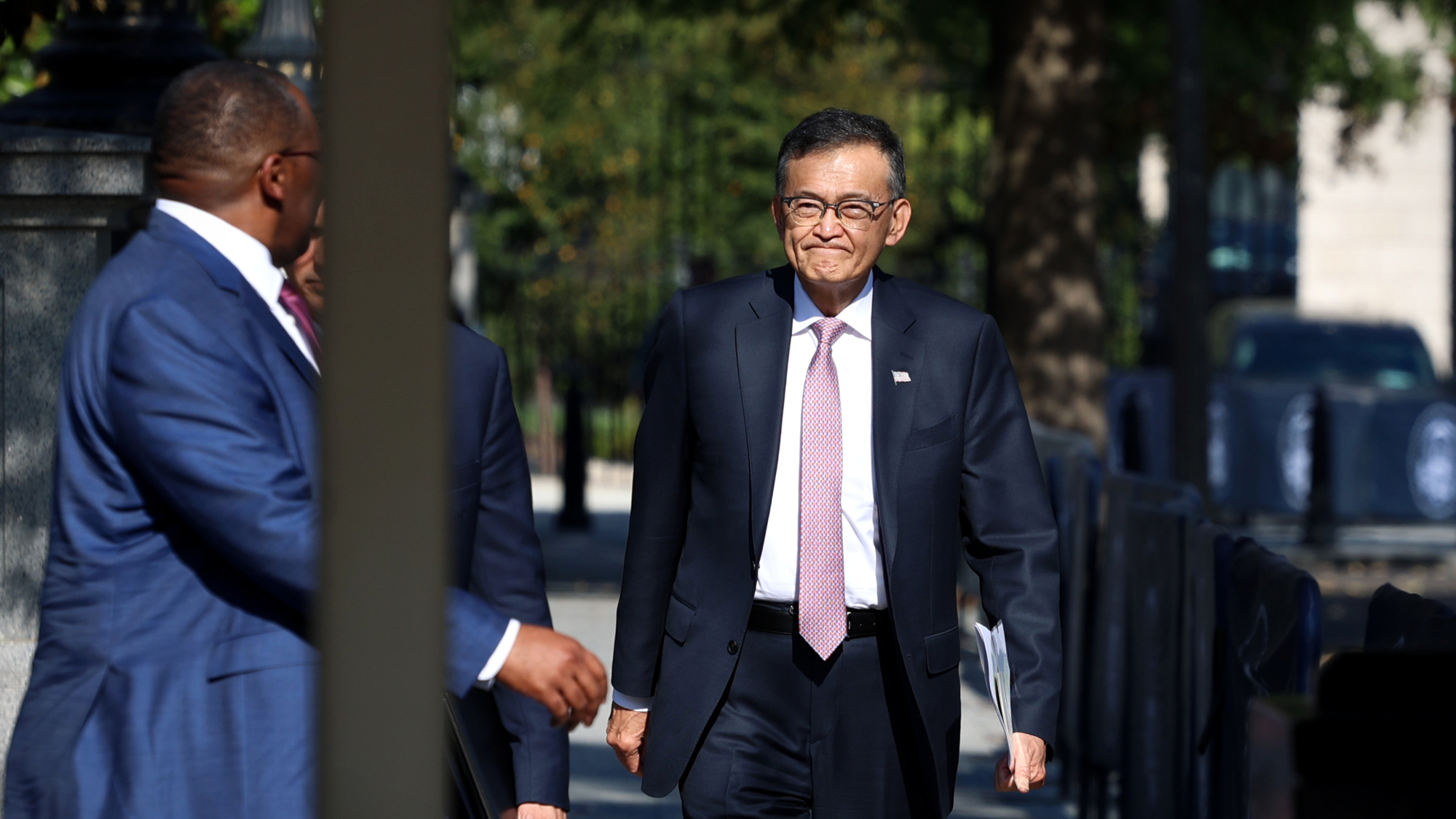 Trump said to seek government stake in Intel
Trump said to seek government stake in IntelSpeed Read The president and Intel CEO Lip-Bu Tan reportedly discussed the proposal at a recent meeting
